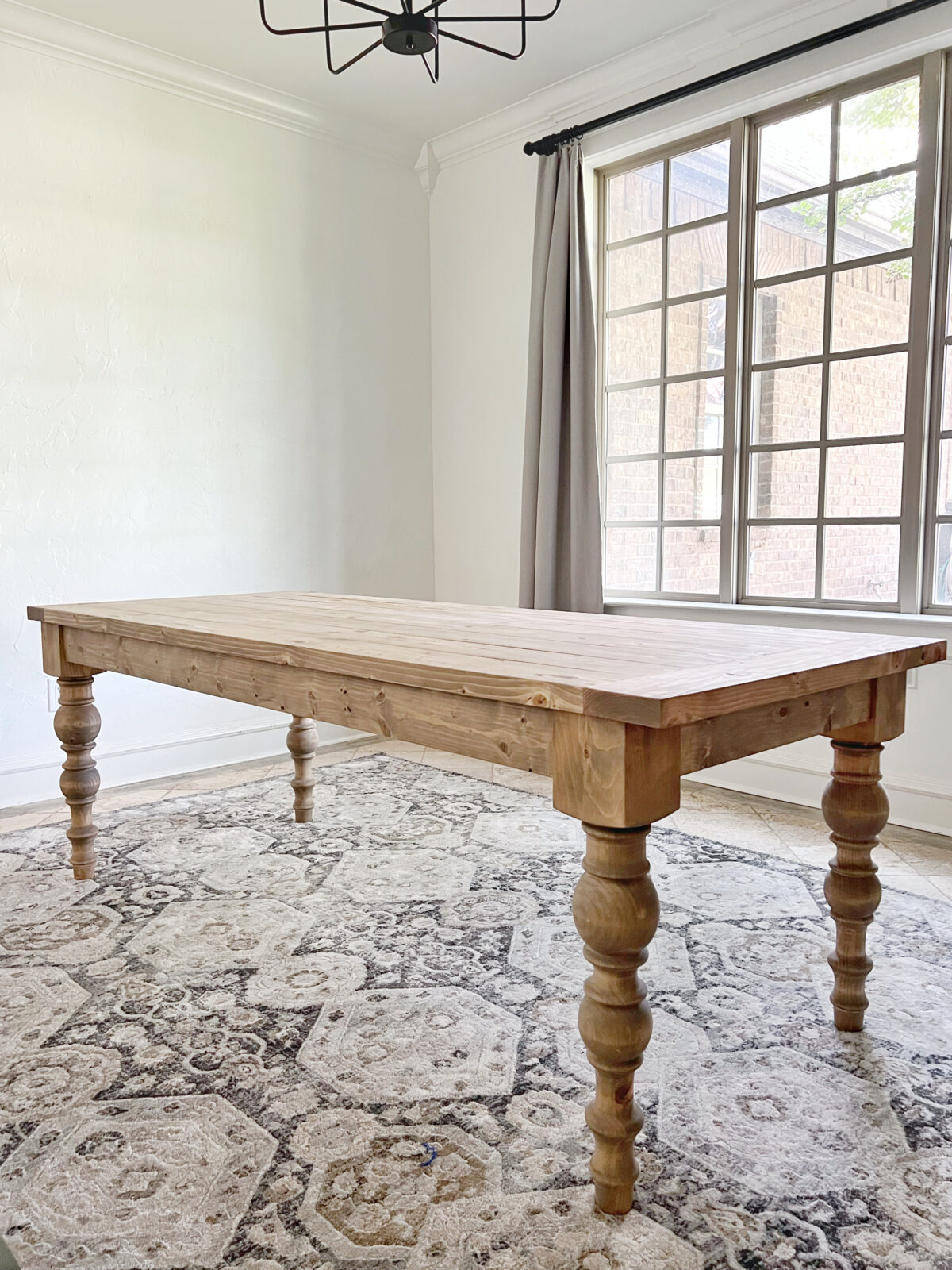Eating Table Legs: Just How to Select the most effective Designs for Your Area
Choosing the best table legs is critical for both visual and practical harmony in your eating room. Whether your space boasts a streamlined, modern-day vibe or leans towards a more typical setting, the style of the legs can considerably affect the total look. Conical legs show contemporary beauty, while transformed legs provide a nod to timeless appeal. Past style, the product-- be it cozy wood or streamlined metal-- plays a pivotal duty in setting the tone. Exactly how do you guarantee these components match your existing style while offering the necessary stability? The solution lies in a well balanced method.
Assessing Your Dining-room Design
How do you identify the best dining table legs for your room? The solution begins with an extensive evaluation of your dining area design. A cohesive design ensures that your table legs boost the total visual rather than clash with existing components.
Following, think about the existing furniture and decor. The products, colors, and structures within the space play a crucial role. A dining room with streamlined, contemporary chairs and metal accents may benefit from basic, streamlined table legs. Alternatively, a space filled with classic pieces and abundant materials could require ornate, sculpted legs.
Huge, open eating rooms can accommodate much heavier, extra substantial legs, whereas smaller areas call for even more fragile, inconspicuous designs. By thoroughly examining these variables, you can pick eating table legs that harmoniously blend with your dining room's style.
Popular Leg Styles Described

One common design is the tapered leg, renowned for its streamlined, modern-day appearance. This leg tightens inside out, providing a minimal allure appropriate for contemporary and Scandinavian insides. Next off, the turned leg attributes intricate spindle-like styles, frequently discovered in traditional and farmhouse settings. These legs include a touch of craftsmanship and style.
Cabriole legs, with their unique contours, are identified with French Provincial and Queen Anne furniture. Their stylish, streaming lines bring a feeling of sophistication and historical appeal (dining room table legs). For those preferring a durable and uncomplicated layout, square legs provide durable support and a clean, geometric look, perfect for commercial or minimal rooms
Lastly, hairpin legs provide a retro, mid-century contemporary vibe. Made from steel, these legs are both light-weight and solid, including an one-of-a-kind aesthetic comparison to wood table tops. Understanding these styles will guide you in selecting dining table legs that enhance your space's aesthetic and functionality.
Material Considerations

Metal legs, commonly made from stainless steel, iron, or light weight aluminum, provide a contemporary and commercial appearance while making certain robust support. They are usually much more immune to put on and tear, making them a sturdy selection.

Various other materials like bamboo or rattan use environmentally friendly choices, bringing a natural and kicked back vibe to the dining location. Each material has its pros and disadvantages, informative post and the best option will certainly depend on your certain demands and preferences.
Balancing Aesthetics and Performance
Attaining the perfect balance in between aesthetics and performance is crucial when choosing dining table legs. While the aesthetic allure of table legs can considerably improve the total ambiance of a dining area, their useful elements can not be ignored. The design of the legs must balance with the space's decor, yet they should also offer appropriate assistance and security for the table.
Take into consideration the architectural layout of your space. Sleek, modern insides might benefit from minimalist, steel legs that provide a tidy and inconspicuous look. On the various other hand, traditional settings frequently complement transformed or carved wood legs that add a touch of style and sophistication.
Capability includes the stability and sturdiness of the look at here legs. For instance, trestle legs, known for their robustness, can offer solid assistance for larger tables, making them ideal for family members or regular performers. dining room table legs. Conversely, pedestal legs can provide even more legroom and versatility, allowing for better seats setups
Additionally, the height and positioning of the legs are essential for comfortable eating. Legs put too much internal may restrain seats, while those too near the side can limit movement. Hence, thoughtful consideration of both aesthetic and useful aspects is critical for an optimum eating experience.
Customization and Do It Yourself Options
Modification opens a realm of opportunities for developing dining table legs that are distinctively customized to your taste and requirements. Certain layout elements, such as turned legs, tapered forms, or detailed carvings, can be integrated to show your design.
For those likely towards do-it-yourself (DIY) jobs, developing custom table legs supplies both a rewarding experience and the opportunity to accomplish a bespoke visual. Do it yourself fanatics can resource basic materials and utilize woodworking or click here for more info metalworking tools to craft legs that meet accurate specs. Furthermore, countless on-line tutorials and workshops provide guidance, making the process much more easily accessible for novices.
Eventually, whether selecting specialist modification or getting started on a do it yourself endeavor, the capacity to customize table legs makes sure that the end product harmonizes with your interior layout vision, boosting both capability and visual charm.
Final Thought
Picking the proper eating table legs requires mindful consideration of the total design of the dining space, including existing building functions and furnishings. Eventually, the chosen table legs must complement the style, offering both aesthetic appeal and sensible support.